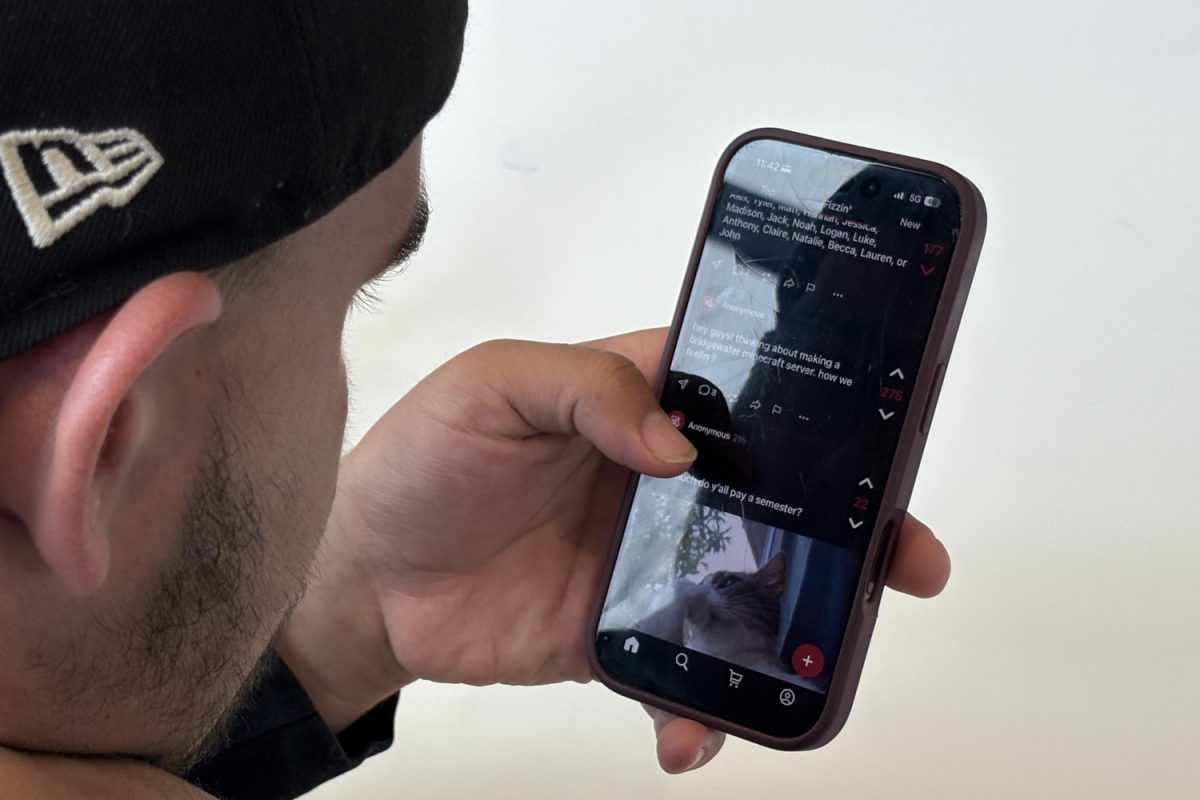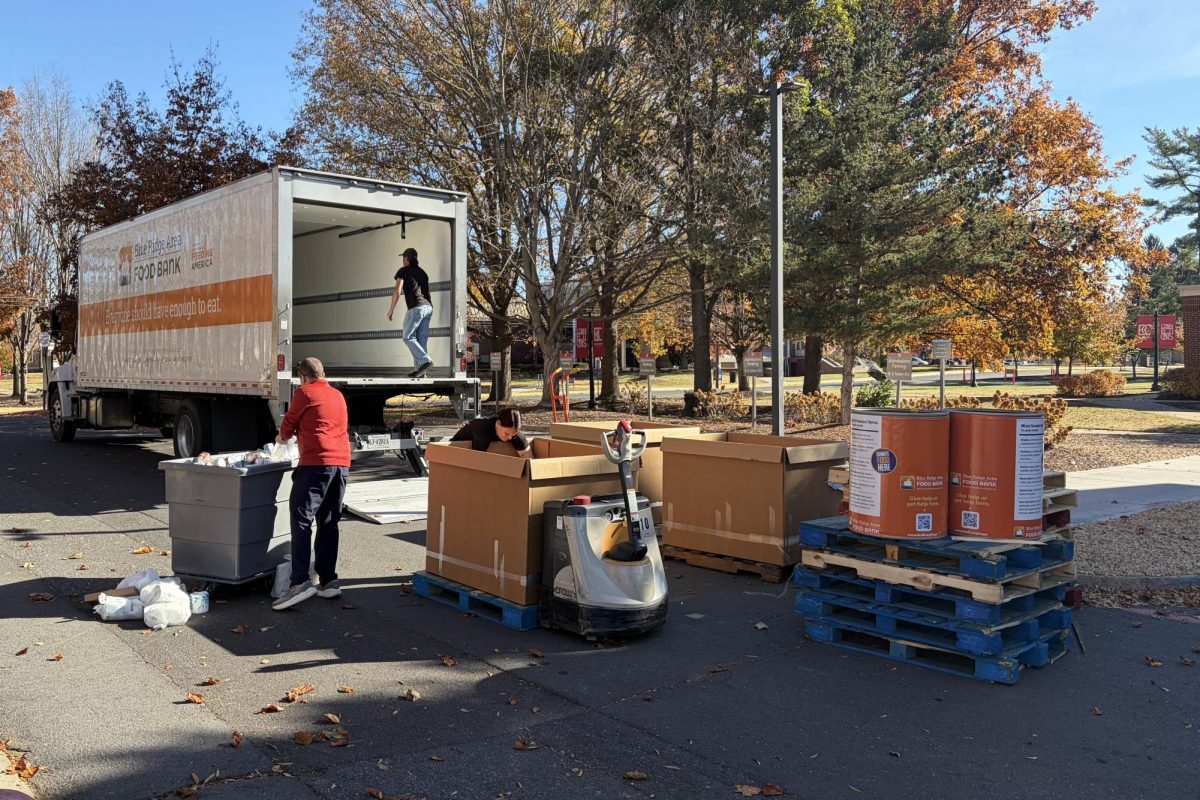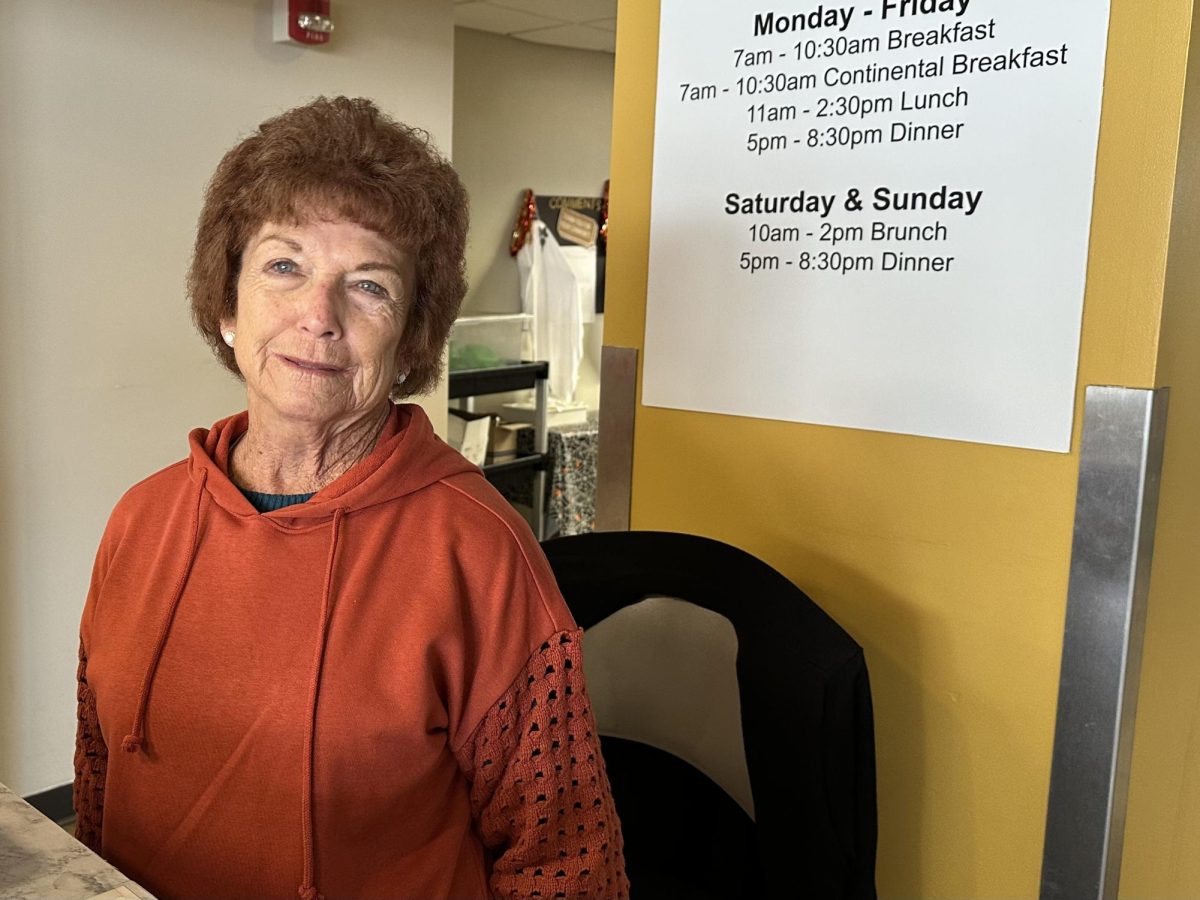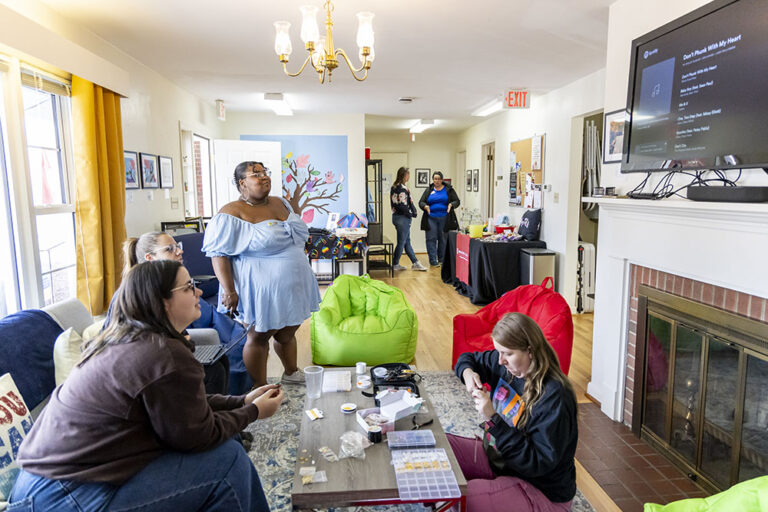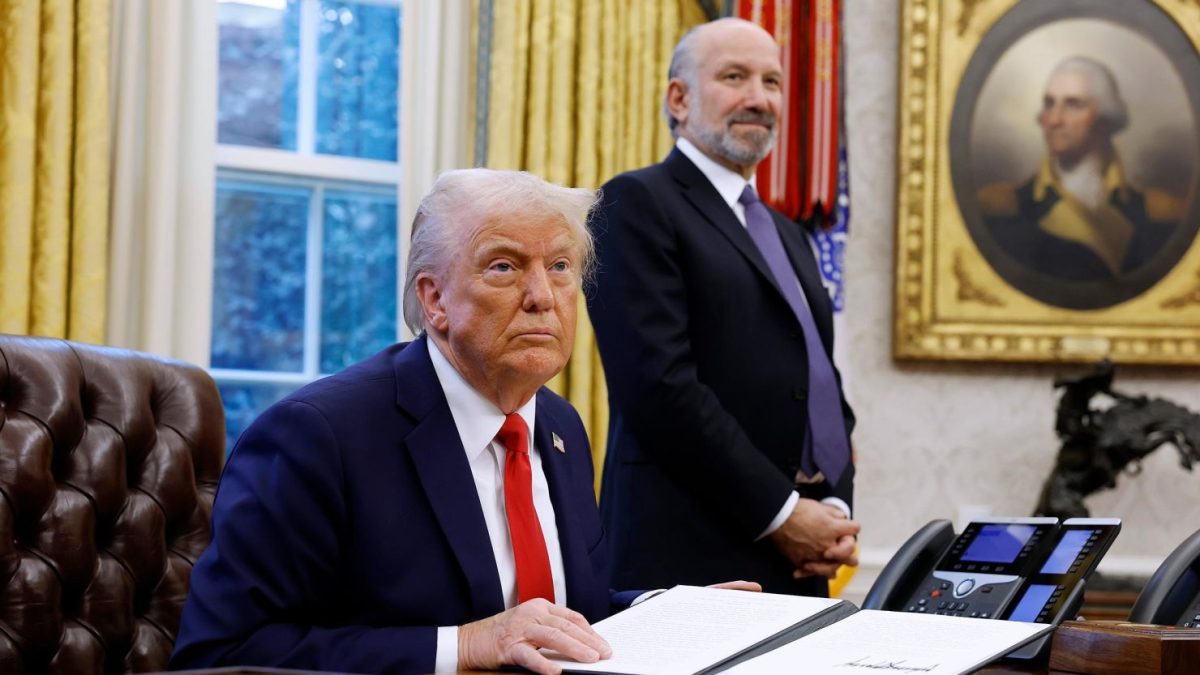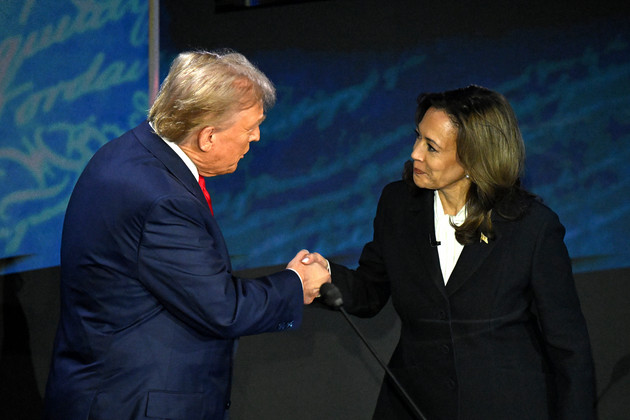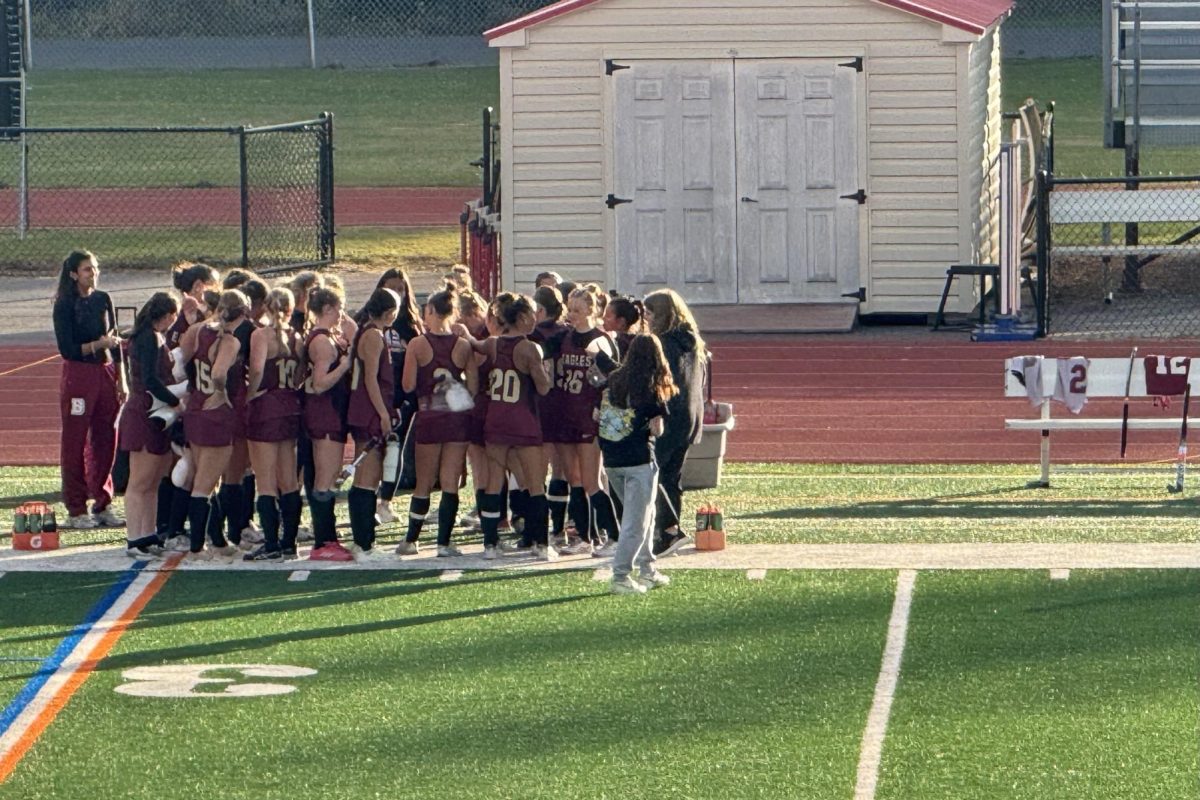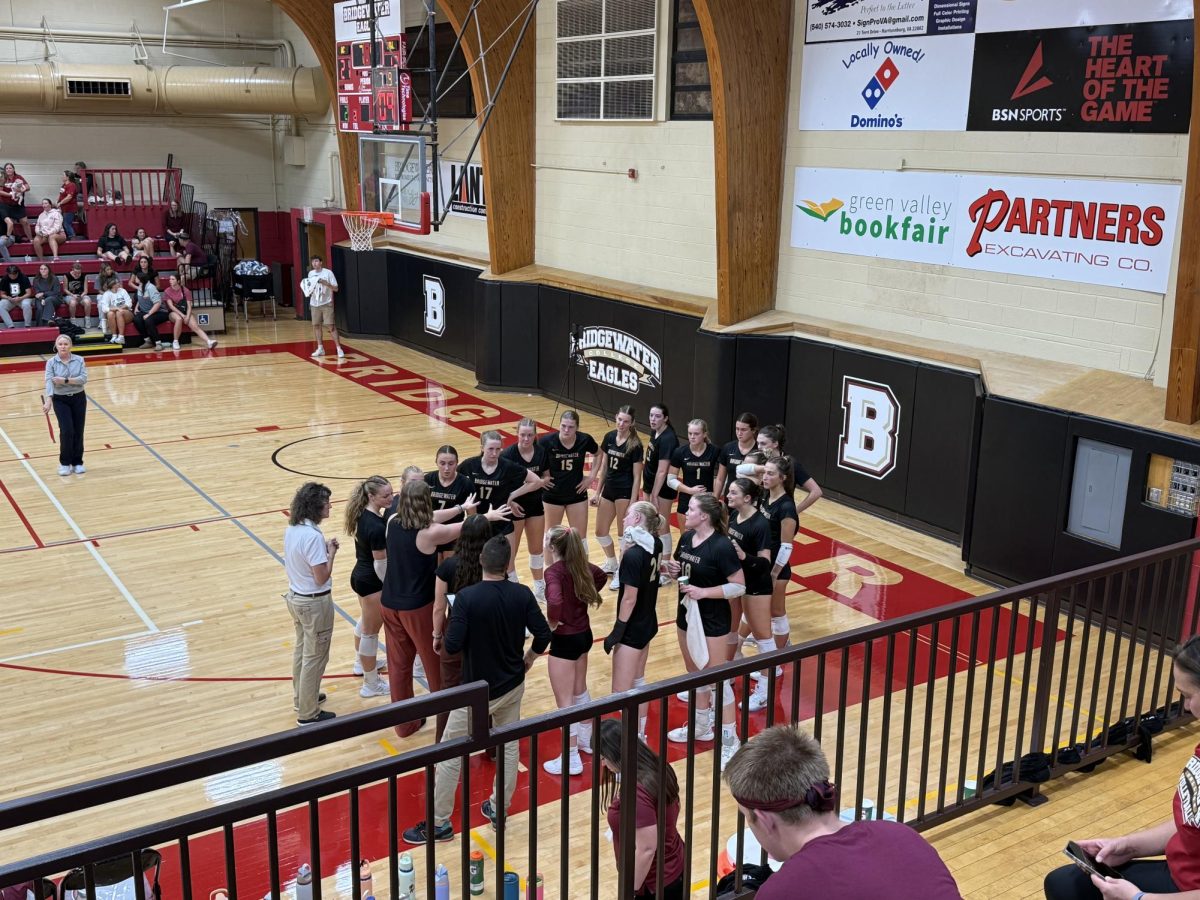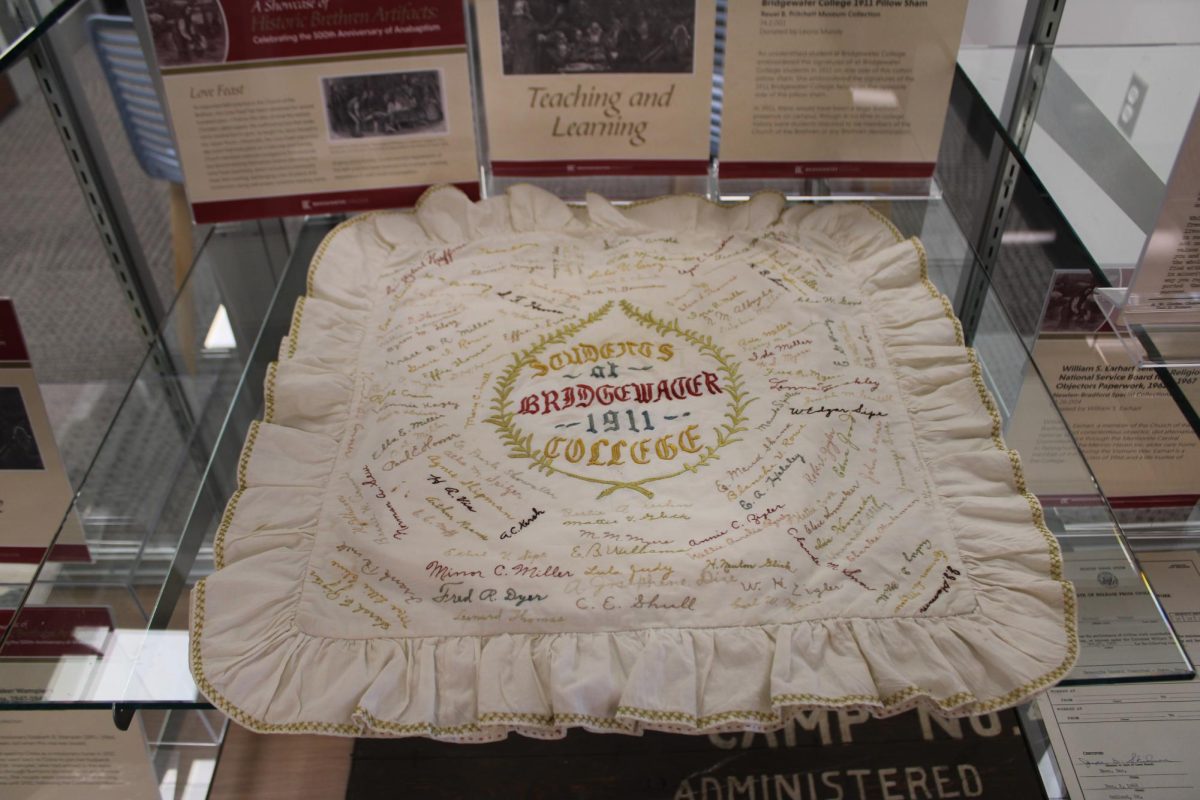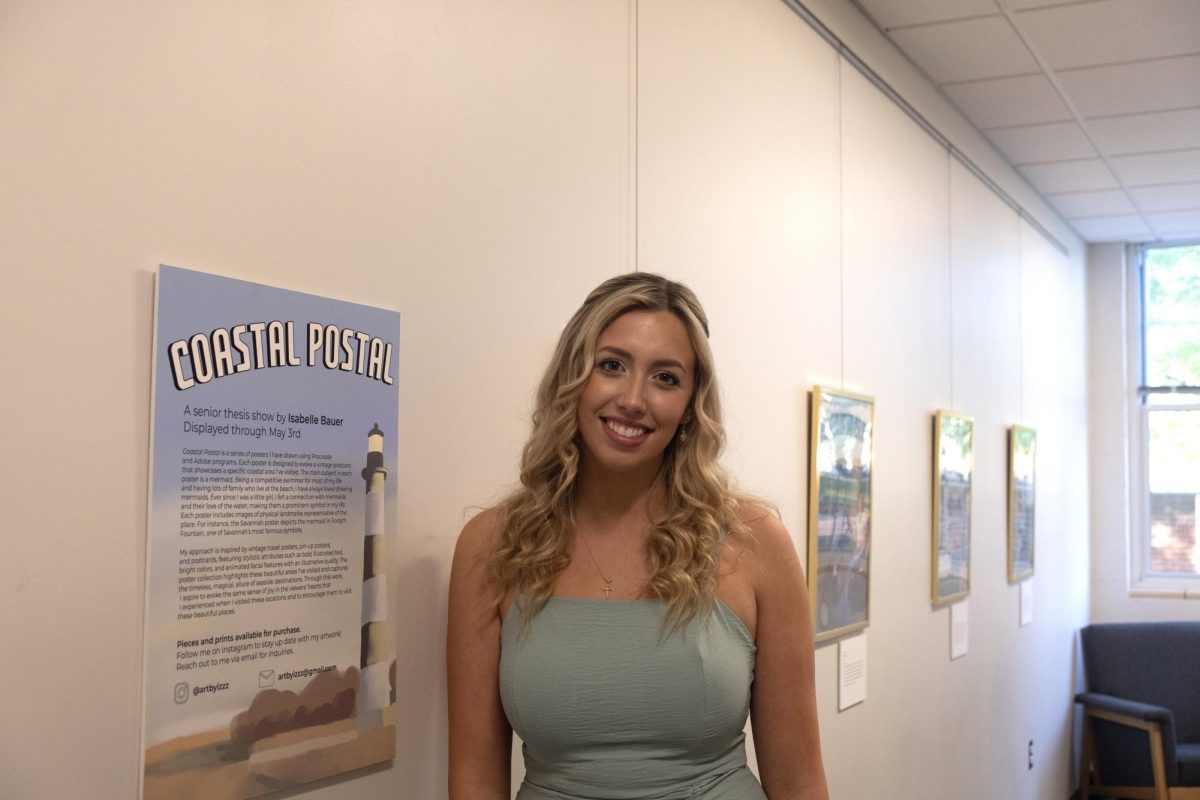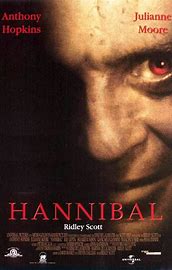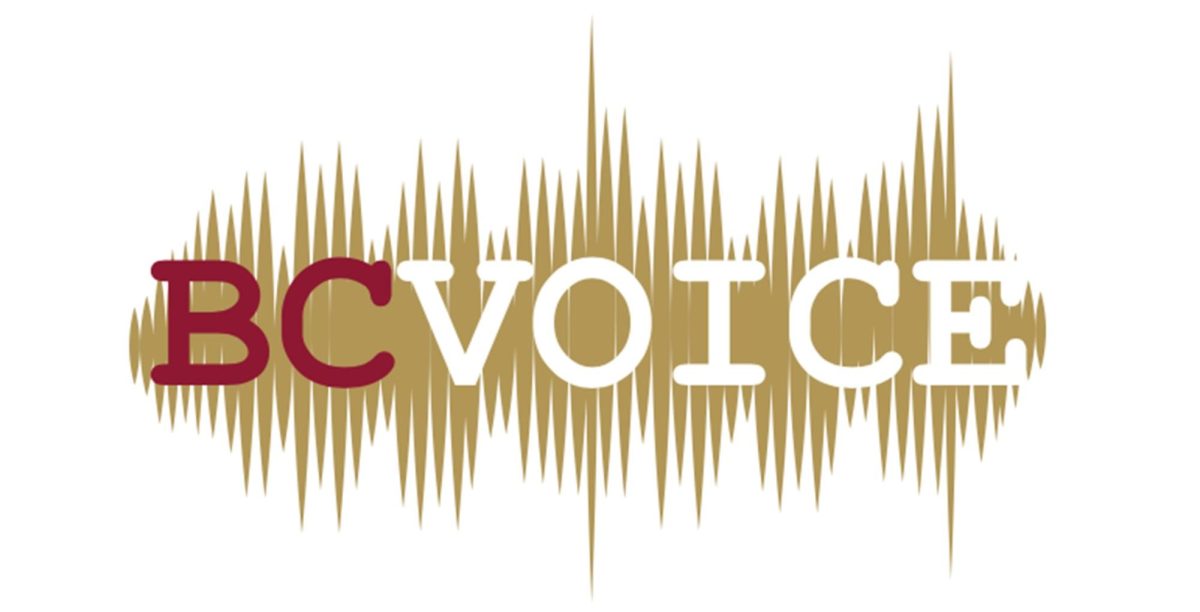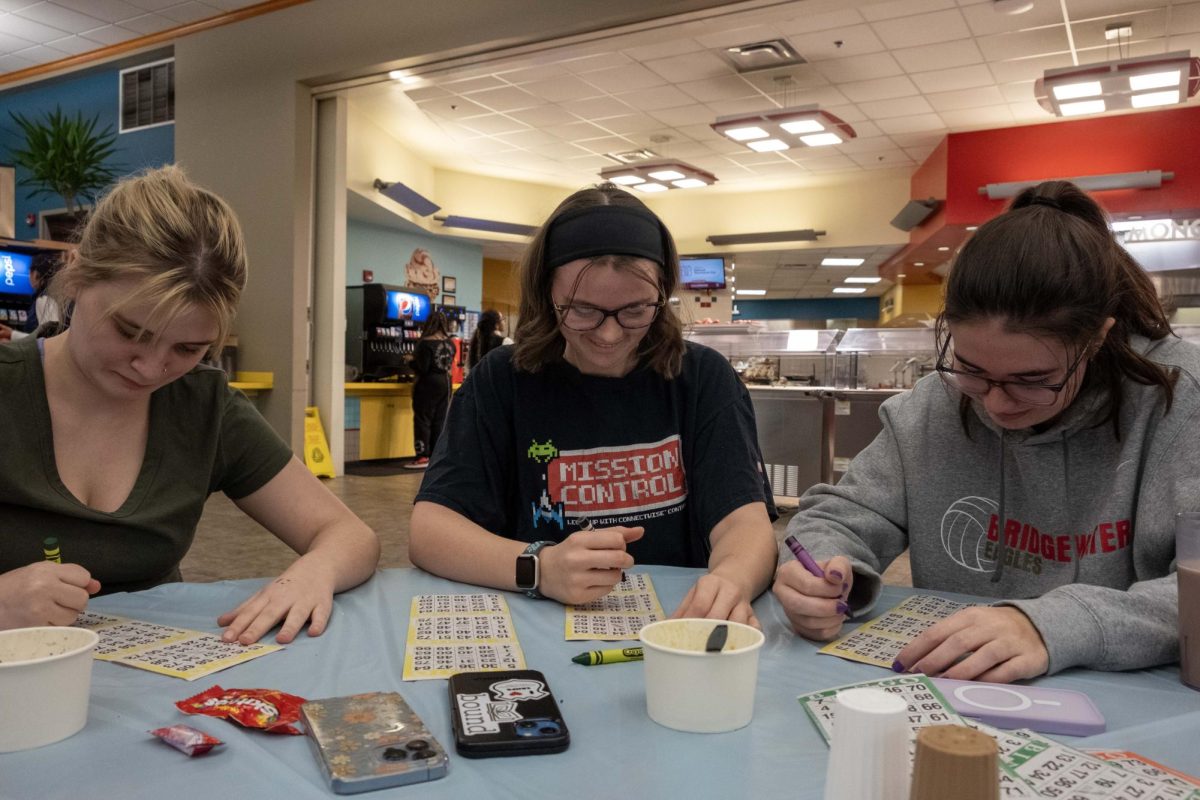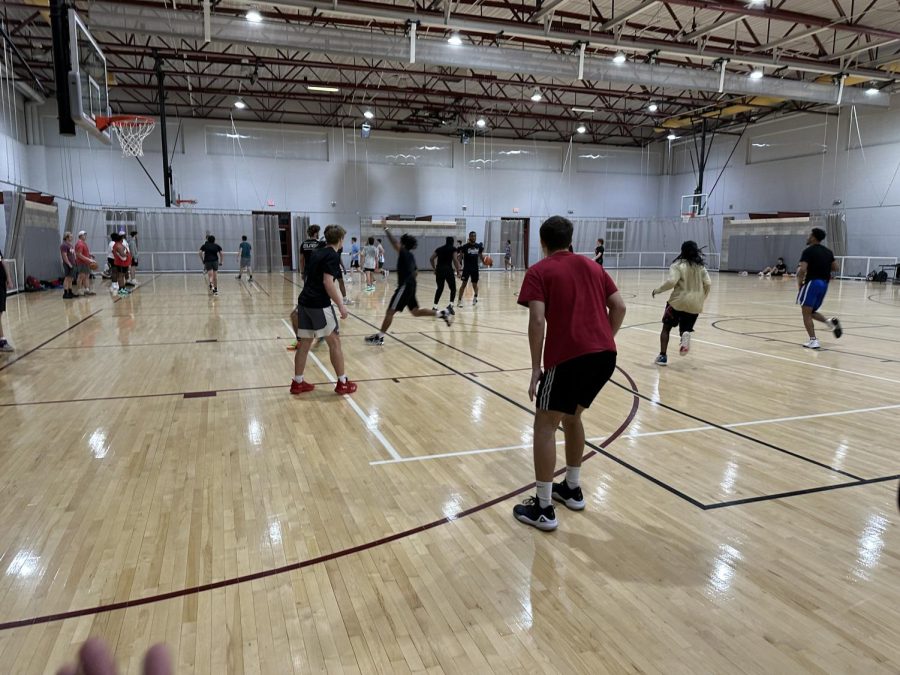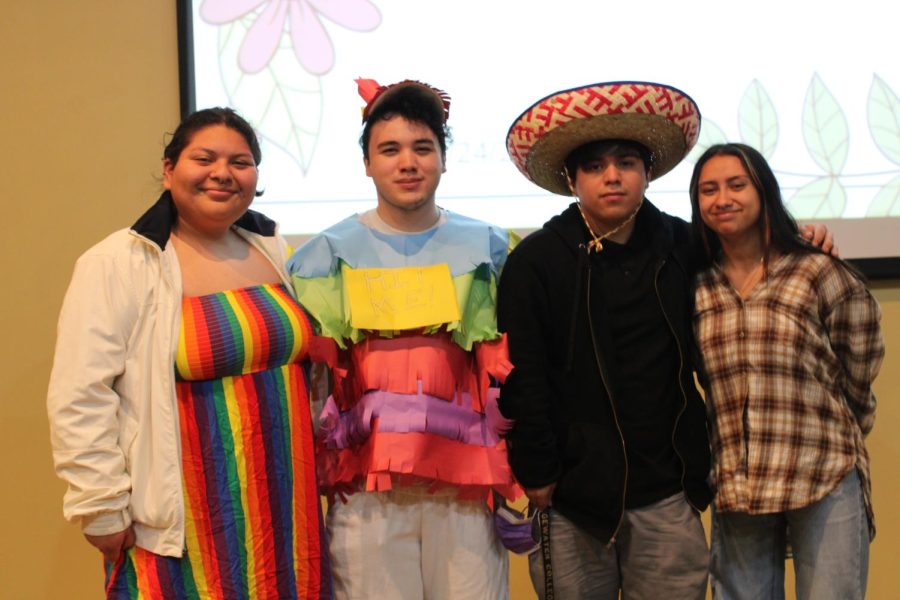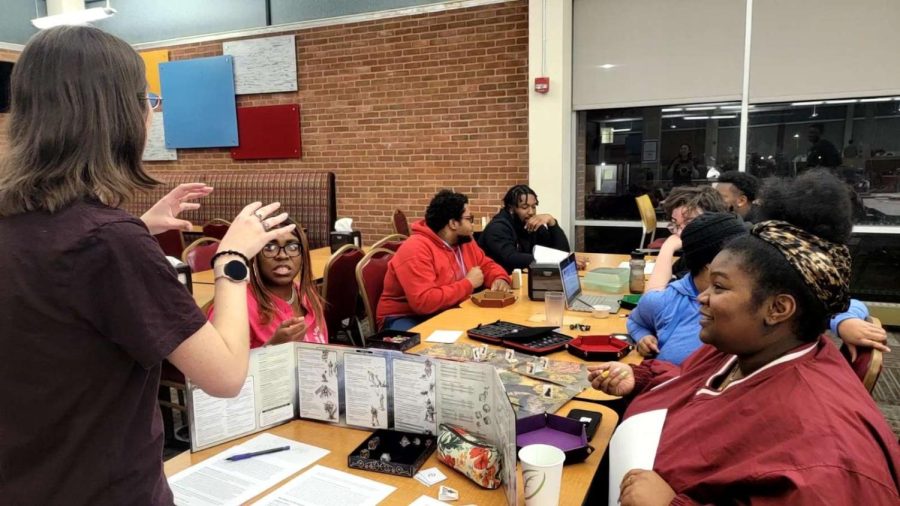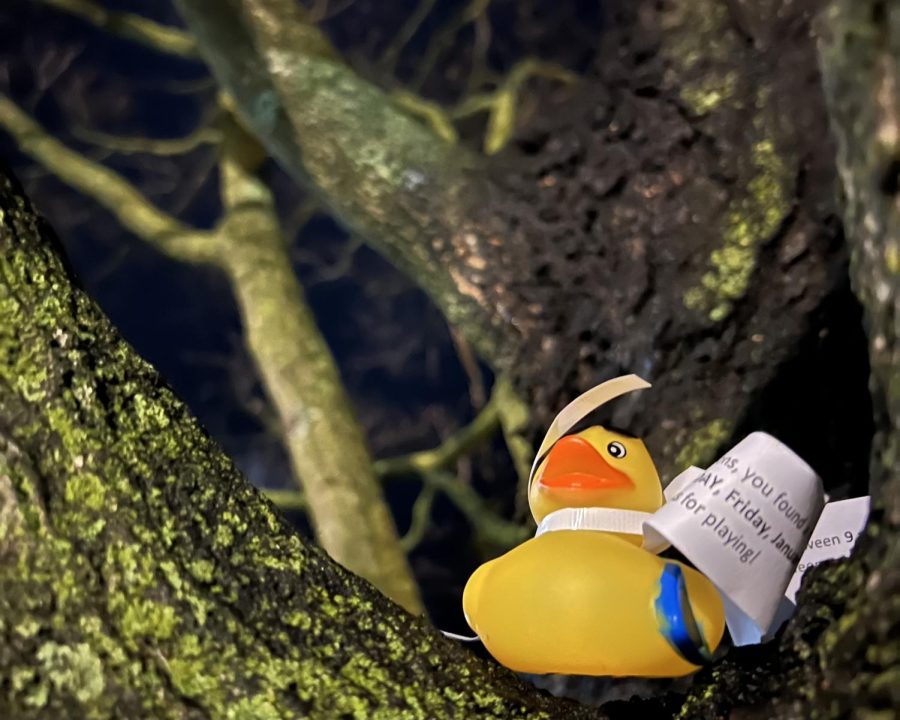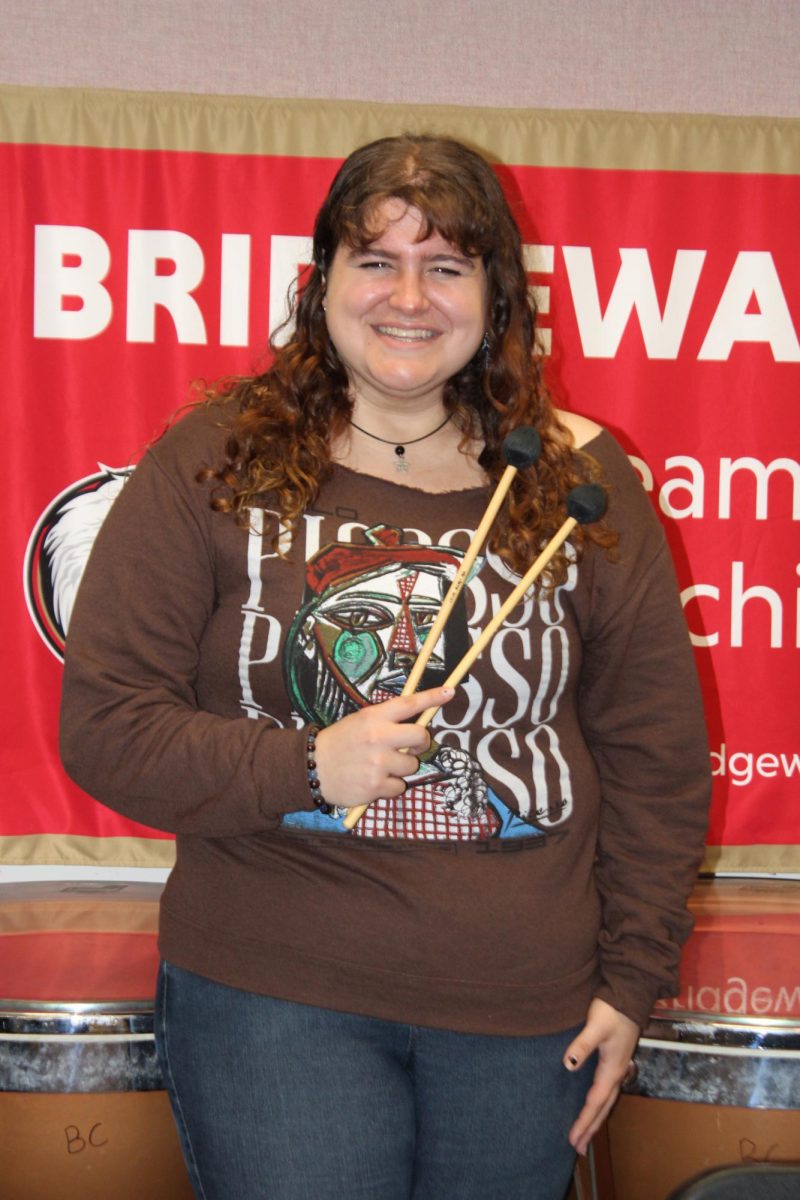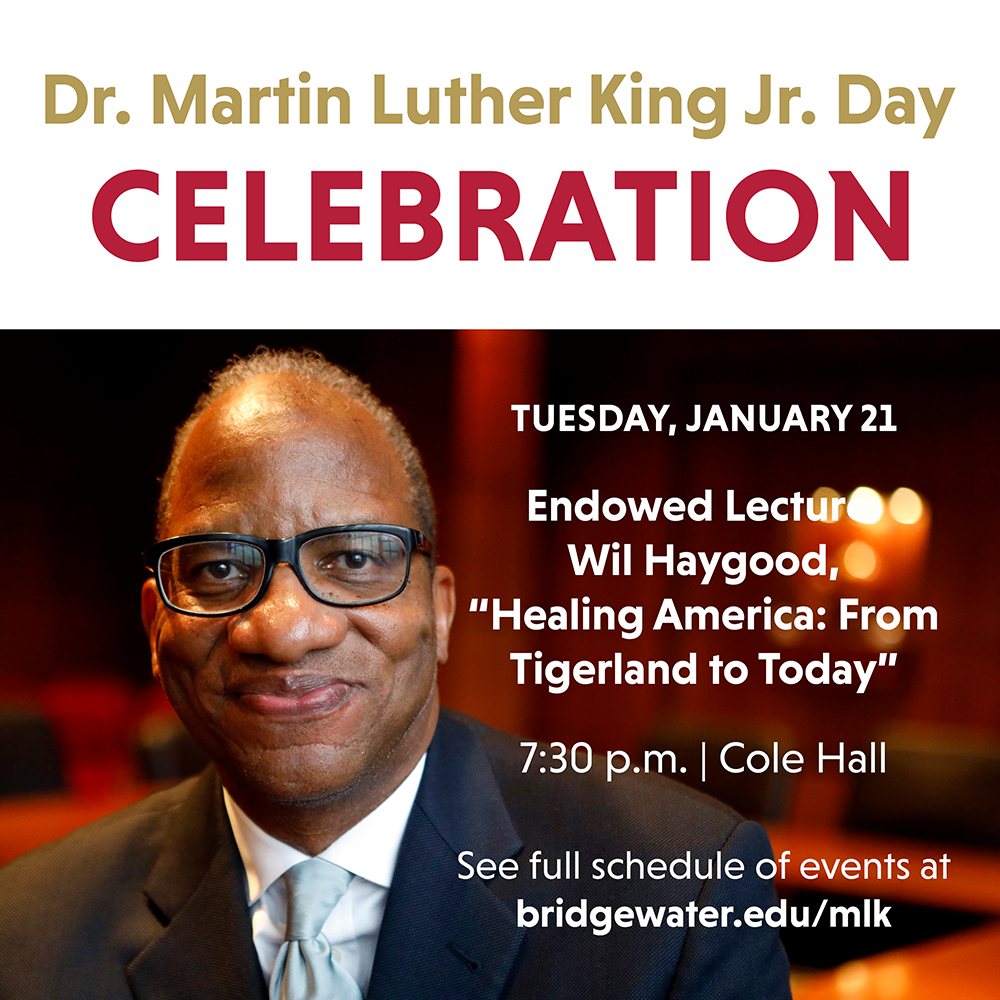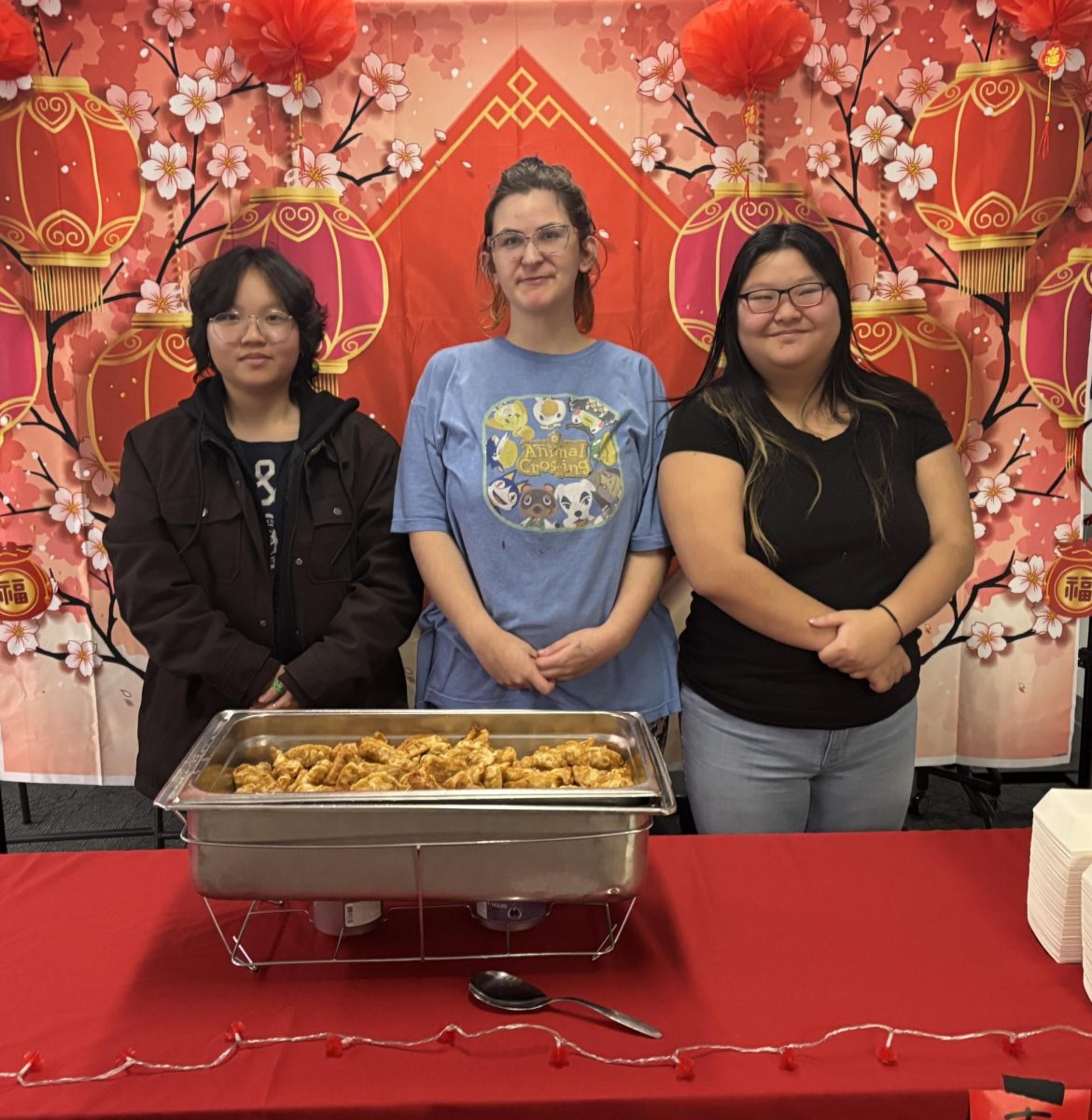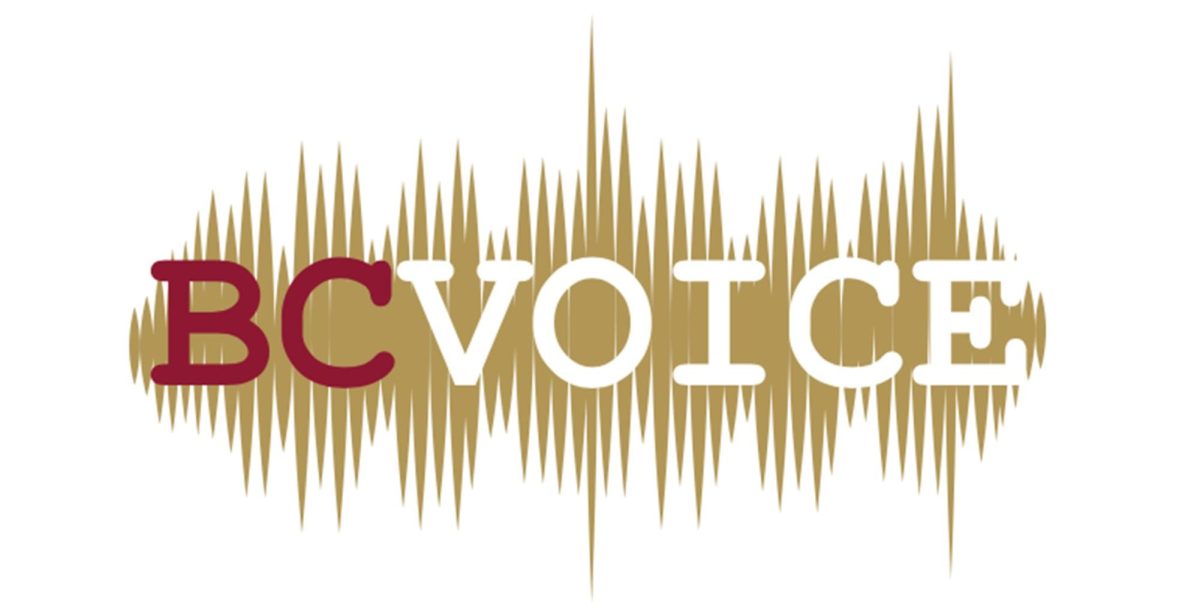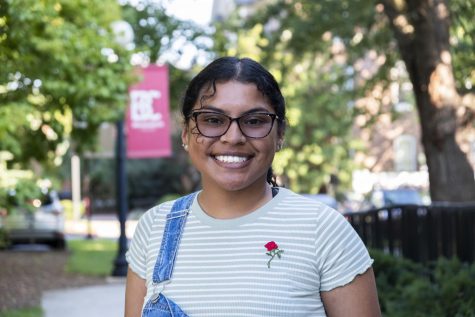CEAT Hosts Make Your Own Dreamcatcher Event
Bridgewater College Students Learn The Significance of Dreamcatchers to Native Culture
First-years Rion Prugh (left) and Emily Martinez (right) welcome Bridgewater College students to the event on Nov. 16 and invite them to make their own dreamcatchers.
November 19, 2021
Bridgewater, Va. – On Nov. 16 at 3 p.m. in the KCC lobby, CEAT educated Bridgewater College students on the significance of dream catchers to Native American culture, while giving students the opportunity to make their own dreamcatchers.
As students gathered in the lobby, they picked-up a clear box with instructions on how to make their own dreamcatcher. In this box, they were also given a flyer with the legend of the dreamcatcher.
While students made their dreamcatcher and read about its significance, Assistant Director of Diversity Education and Advocacy Anna Cho talked to students about what they hoped to learn from this experience.
“I think that the significance behind the dreamcatcher is important,” said junior Taylor Shifflett. “I think that everyone here who is making one should understand the meaning behind it.”
“It’s a peaceful experience,” said first-year Alexis Greene.
The legend of the dreamcatcher begins with a vision an old Lakota spiritual leader had. In this vision a trickster, named Iktomi, spoke in a sacred language about the cycle of life.
The web of the dreamcatcher was meant to help the Lakota people reach their goals. It was meant to catch the good ideas and the bad ideas would go through the center of the web.
“In each time of life there are many forces, some good and some bad,” said Cho. “If you listen to the good forces, they will steer you in the right direction. But if you listen to the bad forces, they’ll steer you in the wrong direction and may hurt you.”
The Lakota people began hanging the dreamcatchers above their beds to sift their dreams and visions.
“After reading about this legend, I feel as though I can sleep more peacefully at night,” said Shifflett.
In another legend, Cho explains that many historians believe that the dreamcatchers originated with the Ojibwe people, who are from the northern midwestern USA and Canada.
The Ojibwe legend is focused on Asibikaashi (the spider woman), who they saw as a spiritual protector. As the tribe stretched further across the country, Asibikaashi found it hard to take care of them, so she created the dreamcatcher.
The web-like feature around the hoop is meant to trap any bad dreams, thoughts or spirits and prevent them from entering a child’s mind. The round hoop symbolizes the circle of life, the sun and the moon. The feathers represent ladders that good dreams use to pass into the mind.
The number of touch points between the webbing and the hoop have significance as well. Thirteen touch points represent the phases of the moon. Eight touch points represent the spider woman’s legs. Seven touch points represent prophecies. Six touch points represent the eagle.Finally, five touch points represent the stars.

